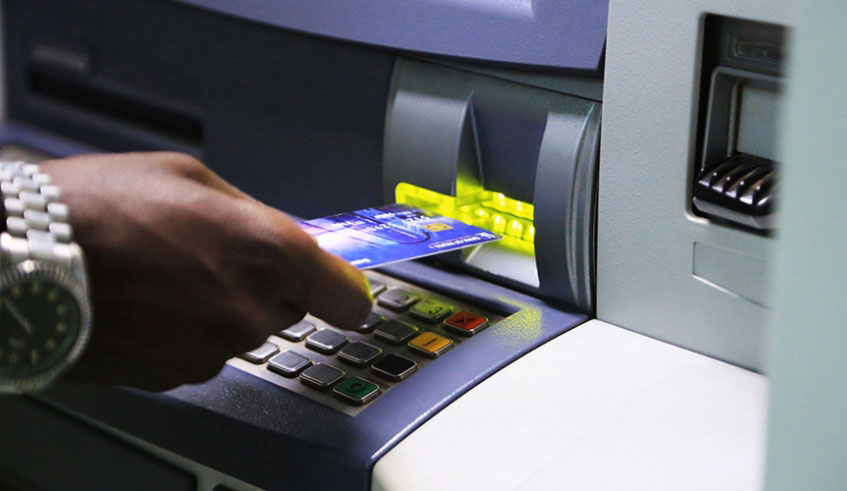

When the first ATM was introduced in Rwanda about two decades or so ago, it was a status symbol; very few people had it as it was regarded as a privilege.
The former BCDI (now Ecobank) entered the banking scene after the 1994 Genocide against the Tutsi aggressively; it brought innovations and quick service that totally disrupted the sector.
But its introduction of the ATM was a total flop; people only used it to withdraw money as very few business facilities had POS payment systems in place, and it was not linked to any major payment clearinghouse such as Visa or MasterCard.
It was only later when more banking institutions entered the scene and fierce competition ensued as they tried to outdo each other by introducing innovative services.
That is when the government started mulling the idea of having a cashless economy but it failed in one crucial area; communication. The idea was very difficult to sell until banks began e-Banking services and mobile service providers introduced mobile banking.
Mobile banking saved the day; someone in a remote village could send and receive money immediately with a few clicks of the phone. The system spread like wildfire because it spoke a language they understood; not the "e-Wallet” and "platform” jargon the government was using.
Thankfully, most services are now cashless but the payment systems are scattered; they need to come under one roof. Why should one need one card to ride a bus and another to withdraw or make payments?
Some years ago the government had promised to introduce a Smart ID which would integrate someone’s entire biometric data: banking, social security, health insurance and all payment system.
Somehow that idea disappeared without trace or communication, but resurrecting the Smart ID idea will unlock all those doors behind which lie many smart ideas.


